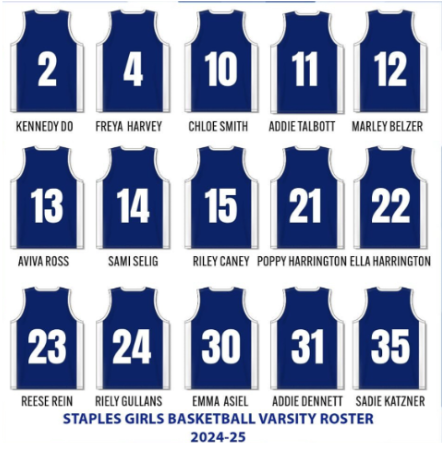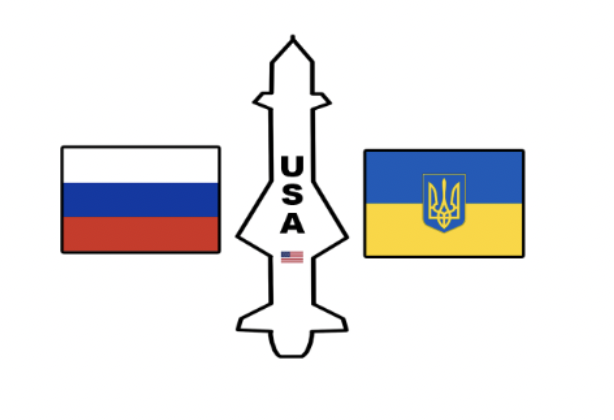Mel Mignucci ’12
Video Editor

Freshman, sophomore, and junior athletes, while getting much more exercise than the average student, still are mandated by the state to enroll in physical education.
Student athletes spend more time at school for classes, practices, and games than people who do not have such time with these commitments. Athletes tend to get home around 8:30 or 9 p.m. after a late game, and then begin their homework. Yet, three quarters of athletes (freshmen, sophomores, and juniors), while facing the pressures that their respective grades have, must spend 42 to 80 minutes, four days a week, playing dodgeball or badminton or lifting weights. During that time, they could be productive by completing homework or meeting with teachers, since they do not have much time to do during the regular day because of the major time commitment of sports and required classes.
Physical education can, however, break up the school day for people who would rather be active than be in the classroom. “It wouldn’t help me to have PE as a free. It gives me a release,” said Andrew Miller ‘12, a JV cross-country runner.
Logistical problems would also arise when athletes who participate in a sport outside of Staples demand varsity credit. For gym teachers or schedulers, it would be difficult to determine who is deserving of the exemption, given that they may adhere to different standards regarding their varsity or junior varsity status.
The sports that would qualify for the exemption would also be debatable. Some plans might require a certain time requirement, while others, a certain activity requirement. Coaches might disagree over the validity of dance, for example, as a varsity sport, versus rowing and other activities that are run by the town, rather than the high school.
Marty Lisevick, director of the athletic program, could not be reached for comment about possibilities of an exemption.














































